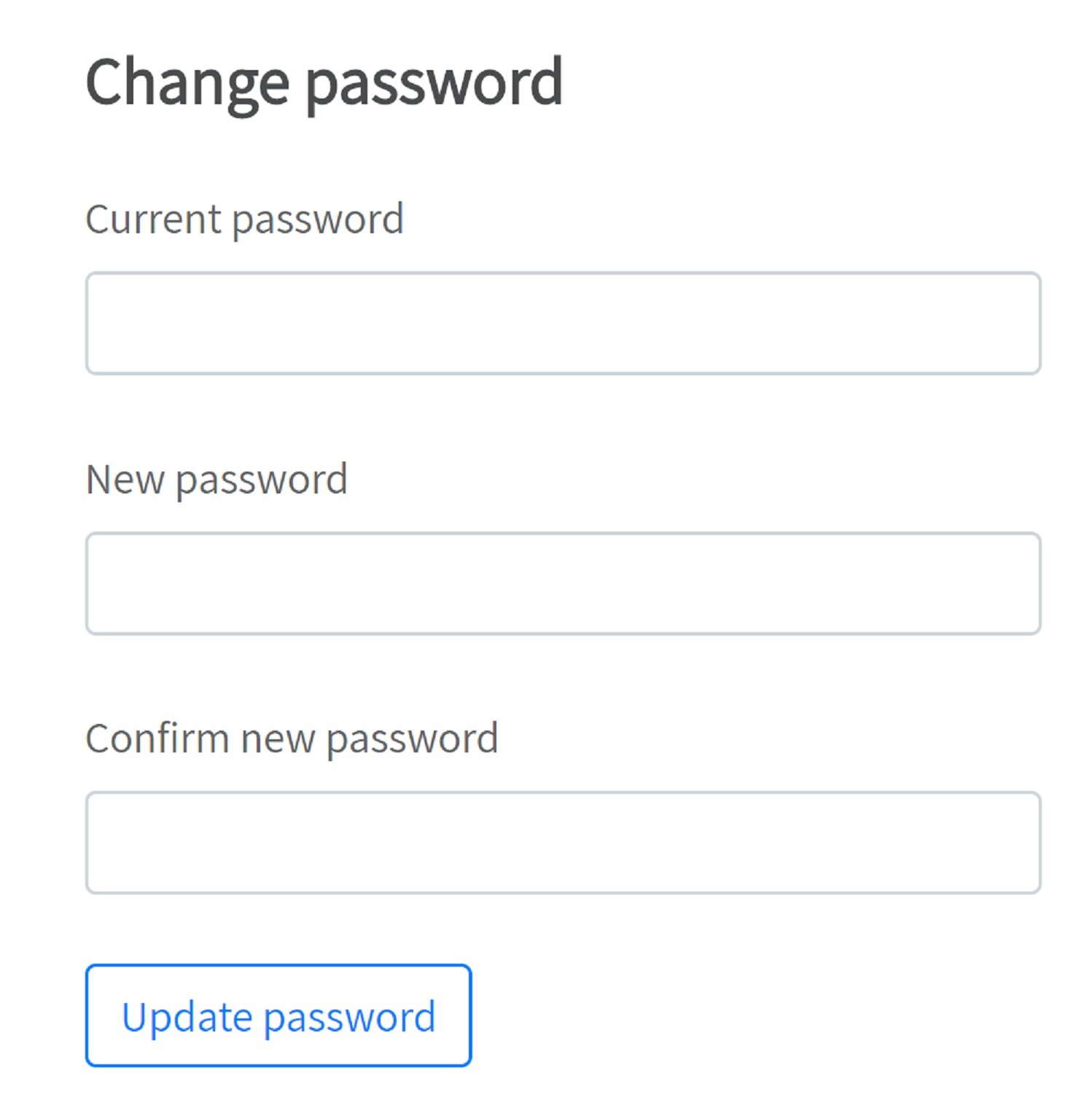

“We are talking here only about removing password-expiration policies–we are not proposing changing requirements for minimum password length, history, or complexity," wrote Aaron Margosis, a principal consultant with Microsoft Public Sector Services. Microsoft is finally telling Windows administrators there are better ways to protect systems and networks than forcing users to pick new passwords every few weeks or months. Microsoft dropped the password-expiration policy in the latest draft version of the security configuration baseline settings for Windows 10 (v1903) and Windows Server (v1903), calling the practice “an ancient and obsolete mitigation of very low value.” According to the draft document, Microsoft will no longer recommend that accounts controlled by the network’s group policy have a policy to require users to change their passwords periodically. Free Download: SQL Server Management Studio 18.12.Users who hate having to change their Windows passwords every 60 days can rejoice: Microsoft now agrees that there is no point to forced password changes and will be removing that recommendation from its security recommendations.TIOBE Index for January 2023 – Which Language is Most Popular?.10 Steps to Protect Backup Servers from Ransomware.Understanding Domain Controller Shared Secrets.

How to Report Smishing to Your Cell Phone Service Provider.How to Detect a New Domain Controller in Your Network.TIOBE Index for May 2023 – Which Programming Language is Most Popular?.Top 10 Cybersecurity Team Effectiveness Metrics.How to Create a Secure Windows 10 Workstation for Beginners.Different Ways to Reboot Windows 10 Computer.This should be the same dialog as shown in the “ADSI Edit” utility.Īzure Books Career Cybersecurity Governance Internet Leadership Linux Programming Project Management Risk SQL Server Technology Windows Recent Posts Click Extensions on the left menu, then click on the “Attribute Editor” tab on the right. Navigate to the user account you want to know about using the standard OU structure, then right-click on the account and select “Properties”. This should be the last time the password was updated, or “(never)” if it has never been changed.You can also use the newer “Active Directory Administrative Center” to perform the same tasks. Scroll down about ¾ down the list to “PwdLastSet” and the value should be displayed in date/time format. The “ADSI Edit” tool shows the value in human readable format. You can check the value of “PwdLastSet” using the Microsoft “ADSI Edit” tool. The information for last password changed is stored in an attribute called “PwdLastSet”. You can check the Last Password Changed information for a user account in Active Directory.


 0 kommentar(er)
0 kommentar(er)
